
Baboon Business
The Chacma Baboon
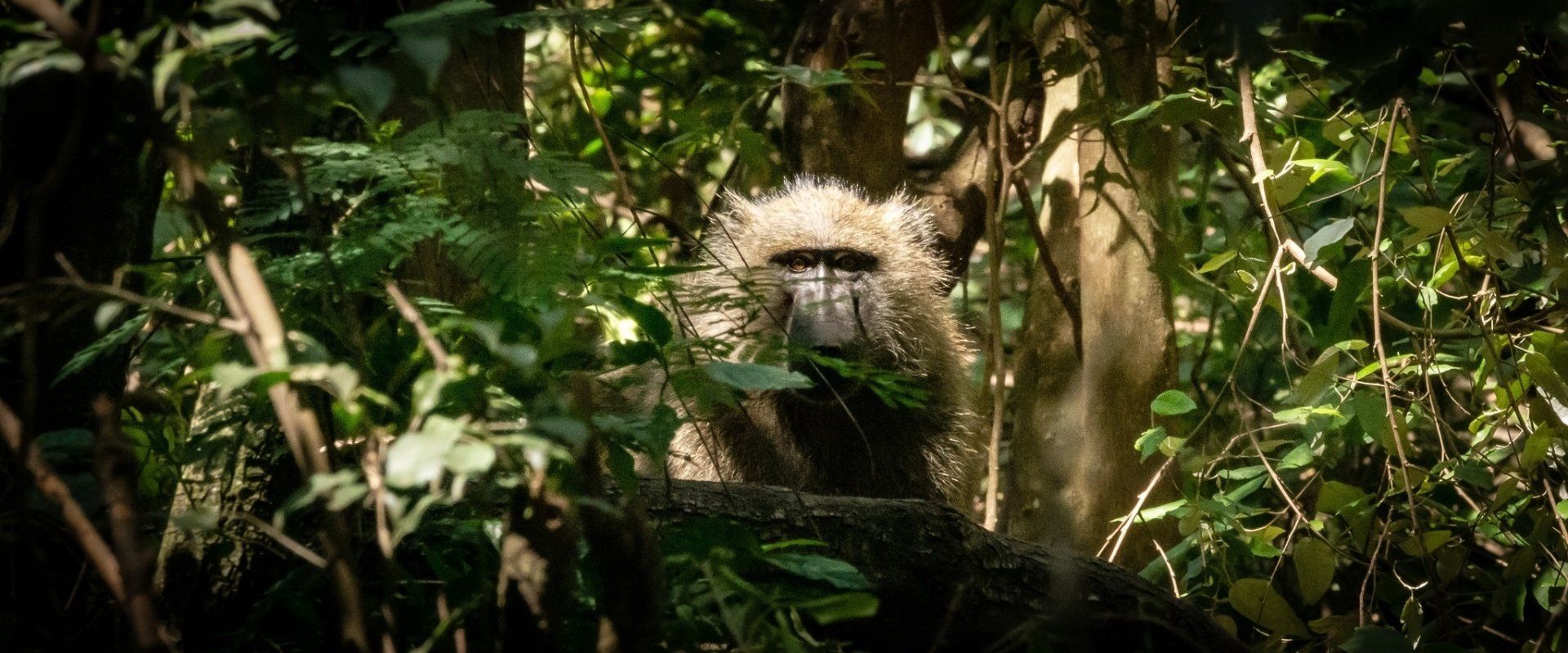
It seems the natural choice of blog for this month as the local baboon troop have been very busy in and around our Sausage Tree Safari camp.
This period of intense dryness before the first substantial summer rains is a time of food stress for baboons amongst other species. However being so intelligent ( rated 4th smartest primate) and agile they swing into our camp in search of food always when the game drive vehicle has left and our staff are off duty.
Daily visits to the staff kitchen area. Food is locked away but the cooker is semi outdoors so anytime anything is left cooking unattended it may well disappear.
Two months ago they got in through a lodge window by prising open a slightly warped wooden window frame. The mess they left whilst our main lodge was unattended was apocryphal. Seems they like coffee beans , chocolate powder and sugar.
The frame was duly replaced and a fortnight later they got in through the same window this time by smashing it presumably with a rock. Less mess this time as when the lodge was not in use and all baboon consumables had been put away in a locked store.
Anti baboon forced entry measures had to be taken by replacing the windows with unbreakable glass , fixing lots of small spikes on the window ledges and getting a blown up photo of a leopard (their most feared enemy) to move around close to the windows inside.
Fortunately this seems to have worked and the only incident further is the most unusual breaking off of a wing mirror of one of our gameviewers in our parking bay which we assume was out of rage at seeing another baboon in its face. Would have liked a video of that!
When chasing away baboons, staff always make sure its in areas where they have plenty of room to escape as a cornered baboon is potentially very dangerous. An adult male has incisors of a similar size to that of a male lion, and his muscle density eight times greater than that of an average male human.
At the end of the day the baboons are just being baboons and with the arrival of our summer rains once there is more food available in the Greater Kruger bush they will no longer be about their business in our camp.
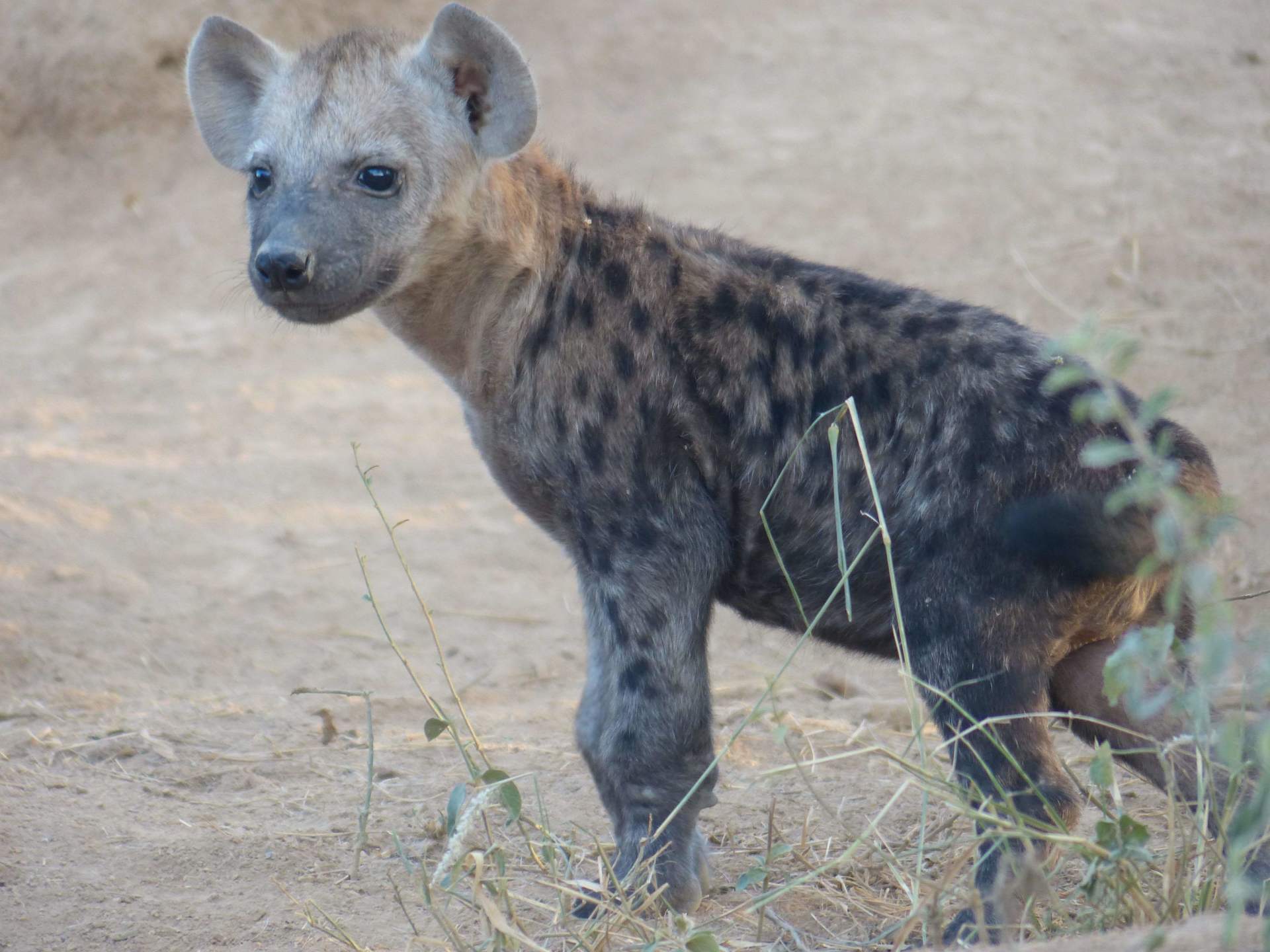
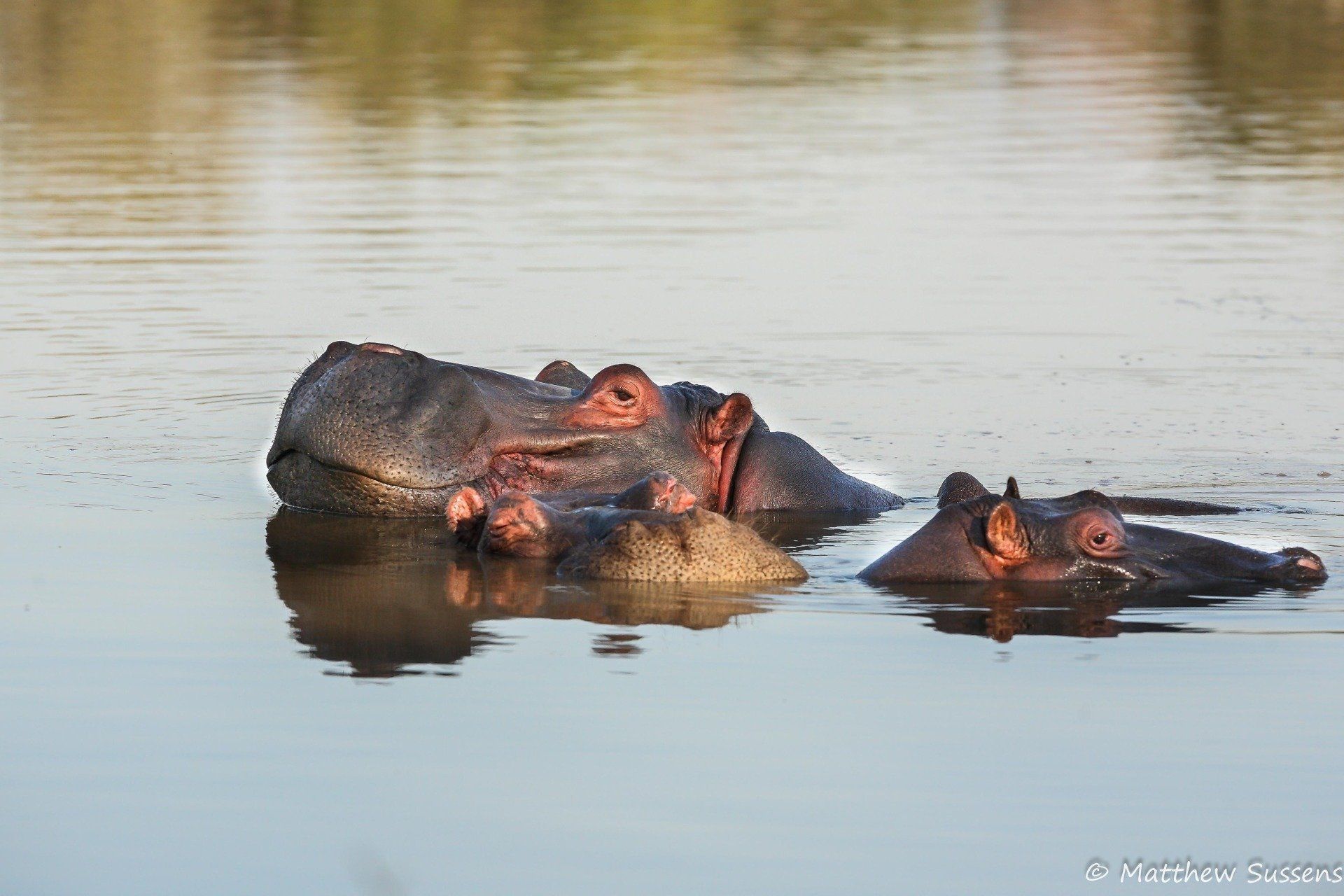
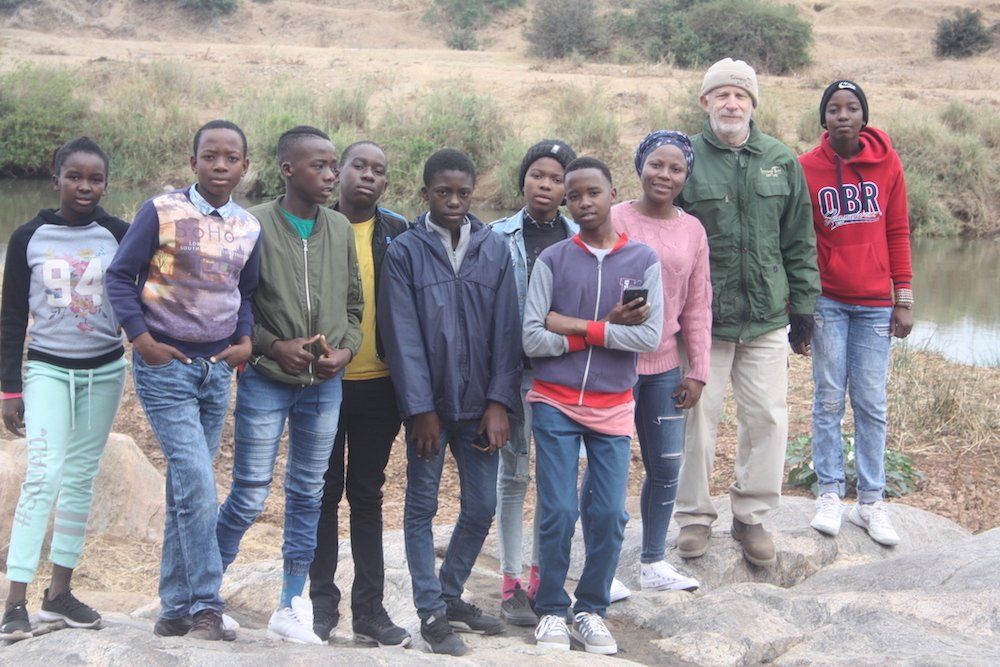
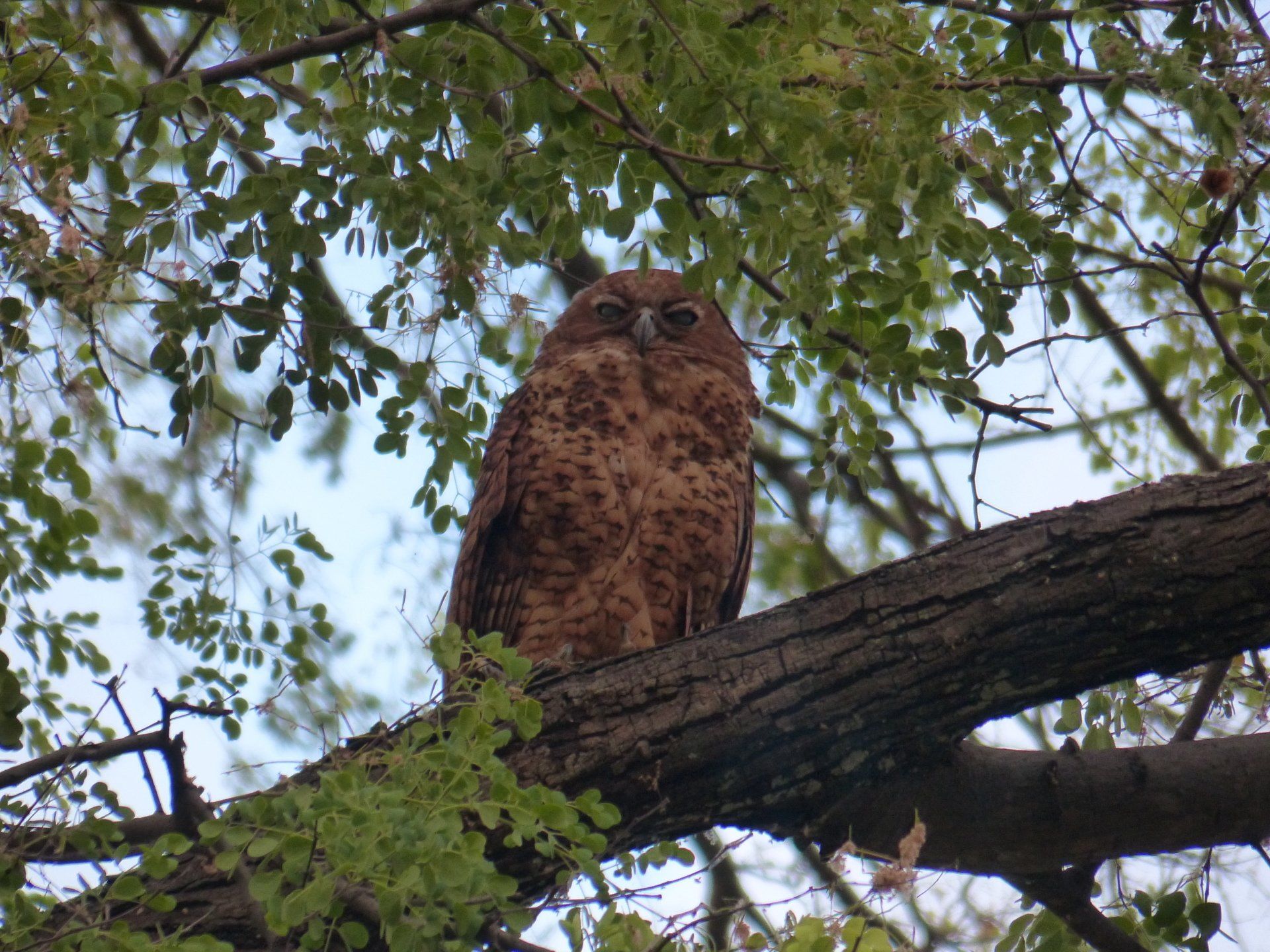
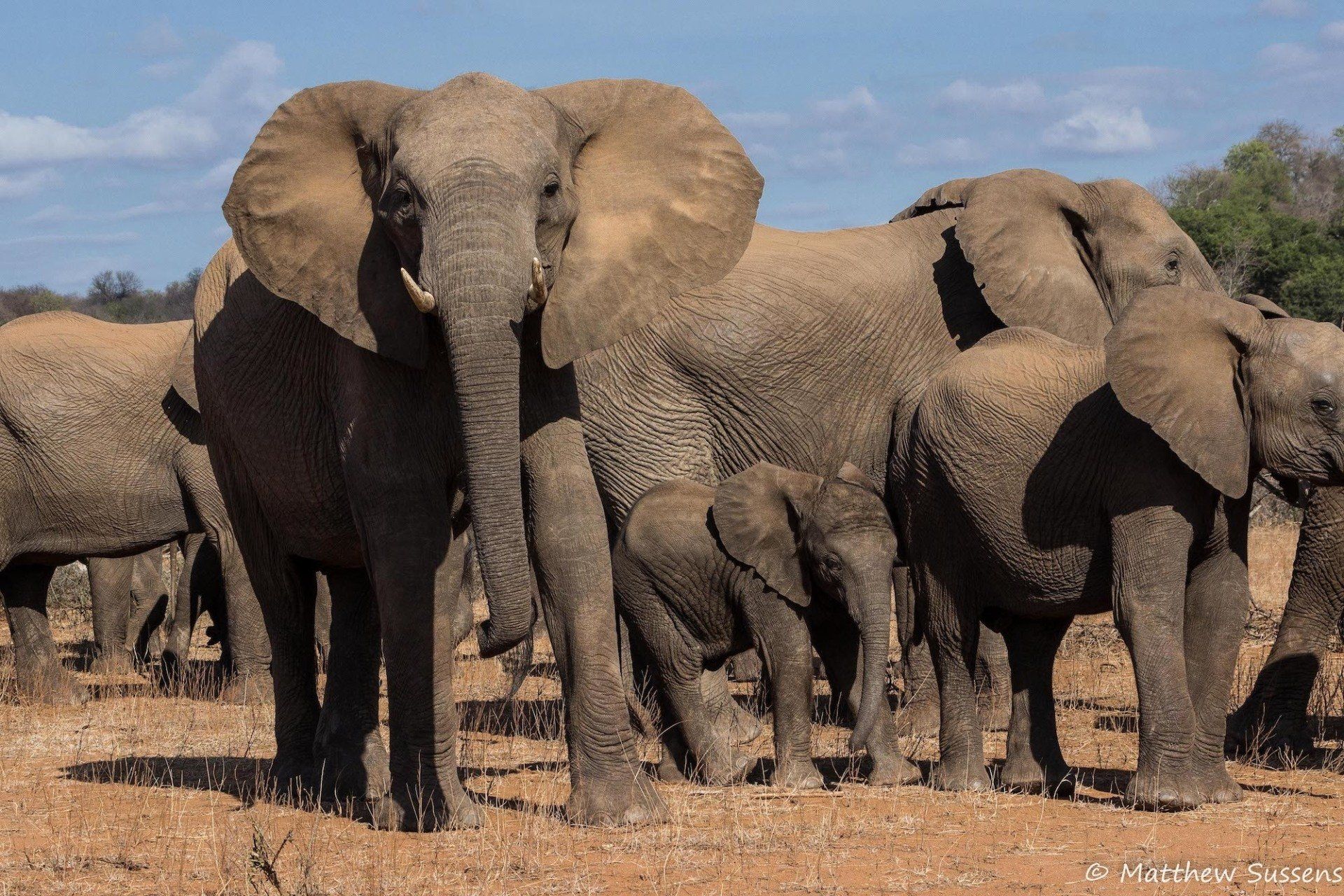
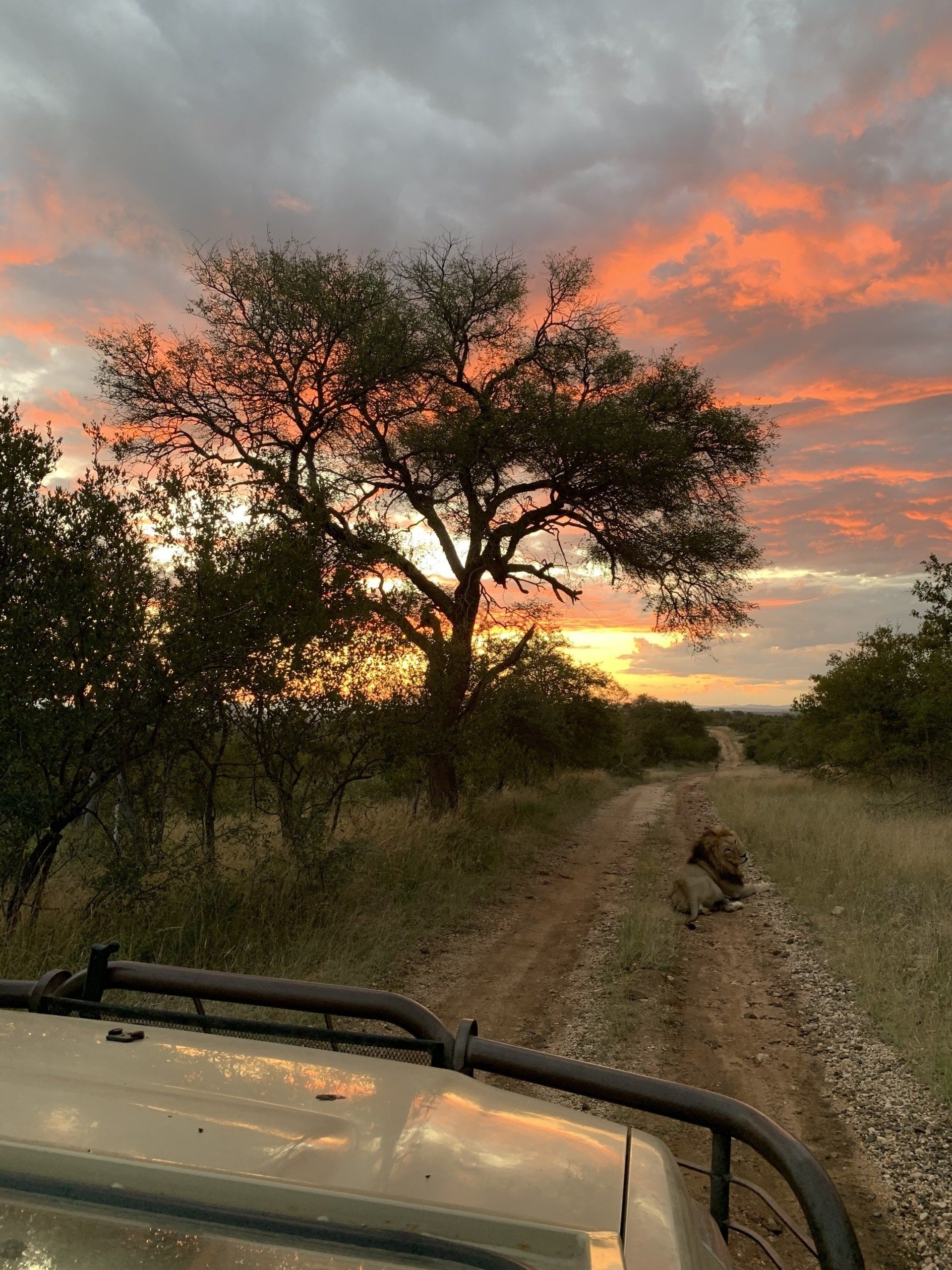

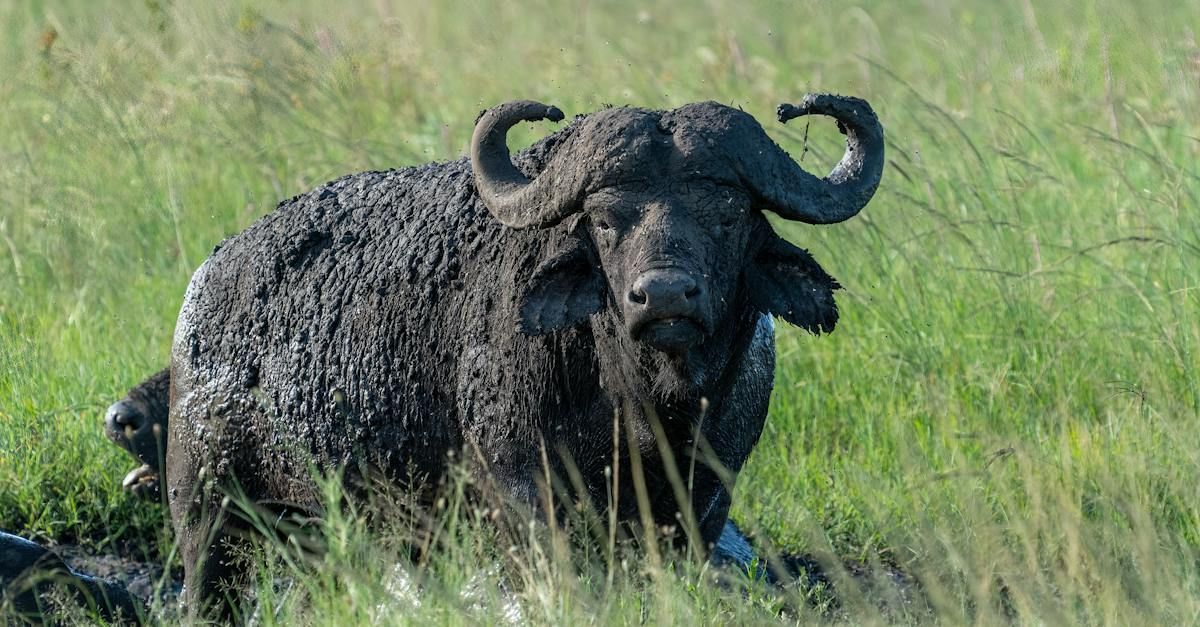
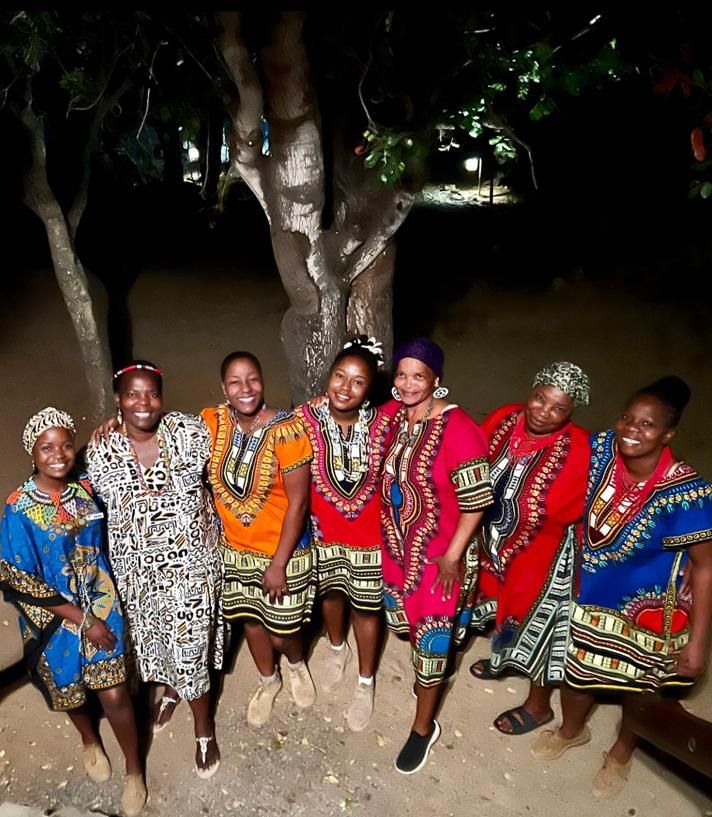
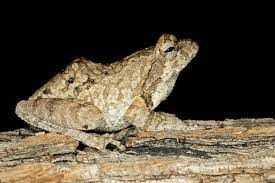
GREATER KRUGER PARK
25 Cambridge
Olifants West Nature Reserve,
Hoedspruit, 1380
Website built by
www.safariweb.online
Contact Us
Tel/Fax: +27 (0)15 793 0098
Emergency (A/H): + 27 (0) 83 682 3331
Email: info@sausagetree.co.za



